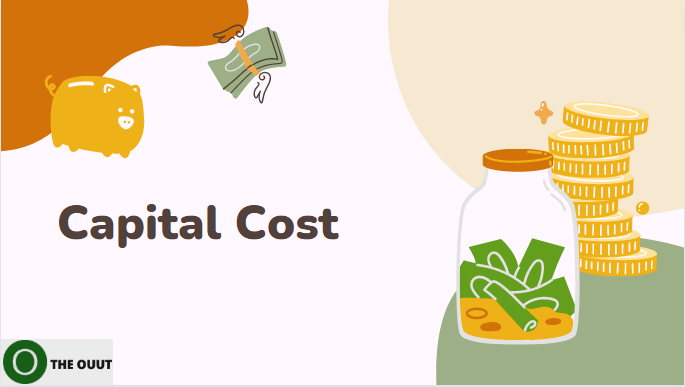SVB Collapse and the Rising Cost of Capital for African Startups

Before the events that led to the collapse of the Silicon Valley Bank (SVB), African startups could spend above the region’s torrid economic landscape. This way they could cover the increasing cost of operations and employment. There has been a strange upheaval in the global talent market. Over 150,000 workers were laid off by tech corporations in 2022, but some, including Meta and Amazon, are still doing so this year.
In the first quarter of 2023, funding raised by African startups fell by 57.2% as they continued to experience the effects of the economic downturn. Between January 1 and March 31 of this year, startups raised $649 million, compared to over $1.5 billion reported in the same period of 2022.
The bank used by almost half of the VC-backed businesses in the US, Silicon Valley Bank, was shut down by US regulators last month due to a lack of further funding. Although HSBC purchased its UK counterpart, doubts and a hangover still exist. For entrepreneurs in Europe, this raises a challenging question: how can they secure the finance they require to not only survive but thrive?
Although it appears that Africa may not have been impacted by the SVB’s demise, it is too soon to make any firm judgments. Oftentimes, the fall of an important capital agent like the SVB results in higher interest rates and rising capital costs. Can African startups work around this if this becomes the case?
The SVB and Startups
Its emphasis on supporting tech entrepreneurs is what has caused the SVB collapse to have such terrible consequences. The extra risk that the bank took on by having such a large concentration in one industry—venture capital and startups—has been correctly recognized by commentators. But the narrative is not over yet. It’s important to acknowledge the great advantages of specialization, which made SVB such a powerful advocate for founders.
Paul Gompers, a senior member of the SVB management for more than 30 years, stated: “I am fully aware of the impact on the sector of the focus on venture capital and tech firms. SVB offered goods and services that were specifically catered to the demands of the startup community since it focused on and recognized their needs. SVB focuses on comprehending the full lifecycle of capital within the startup ecosystem and created a company to meet the diverse demands of the community, offering services ranging from venture debt lending to cash management for startups and VCs to wealth management for newly affluent entrepreneurs.
SVB’s reliance on a single industry raised risks and contributed significantly to its demise. Additionally, its clients ran out of reasons or motivation to fund it, thus the need to liquidate. If SVB had been more diversified on the deposit and lending side, or if it had been one small piece of a large financial institution, the risk of a bank run would have been greatly diminished.
Given the SVB’s established position in the global tech ecosystem, smaller banks must take up the bank’s disproportionate share of venture debt and lending, which is likely to increase interest in several private credit funds and raise the cost of capital.
A Gap for Increased Capital Cost
According to Crunchbase, SVB’s disproportionate share of venture debt and loans will be replaced by a few smaller banks as well as several private credit funds, banks, and others who have been eyeing the sector for some time, say people in the venture world. Startups anticipate the cost of capital—which, less than a year ago, wasn’t even a concern—to rise considerably as a result of those companies’ expanding roles in the market.
As the subprime crisis gave way to the financial crisis from 2007 to 2012, bank funding markets were severely paralyzed. Major banks experienced global liquidity shortages during the beginning of the global financial crisis in August 2007, and there was a period of increased unrest in the interbank funding markets during which interest rates on interbank loans soared dramatically. The funding markets collapsed, interbank lending slowed to a crawl, and interest rates on unsecured term loans between banks increased sharply and were extremely volatile for a considerable amount of time.
As was previously said, the events that have led to the fall of the SVB have pointed to a financial crisis. The cost of capital from banks will expectedly skyrocket. The current financial narrative will make it more difficult for banks to step into SVB’s lending shoes, which were largely filled by venture debt and tech entrepreneurs in the United States — according to those in the venture world. Nevertheless, the broad decline in the global funding sector and increased capital cost should be expected by African founders.
